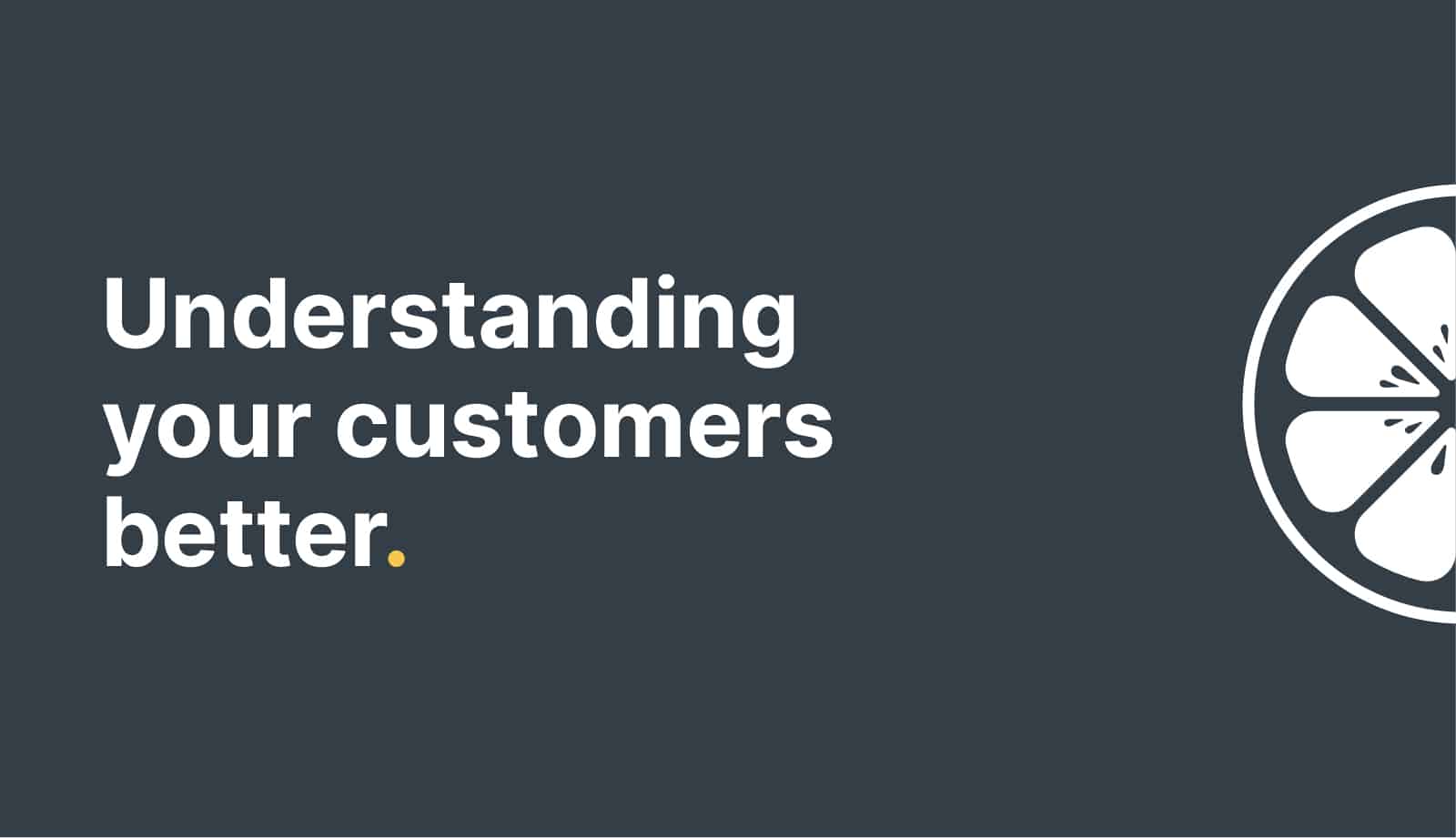
4 steps to understand your customers better
How well do you understand your customers? Do you even know who they are?
It might sound like a simple question, but many businesses don’t have a clue who their customers are besides vague demographics (like females aged between 25-35 living in Queensland).
Researching and actually understanding the different audiences that make up your customers can help break your customer base into manageable segments, making it much easier to tailor your marketing approach.
It also helps to direct your content and make sure your messaging speaks to the needs, wants and values of each customer group.
Step 1: Use analytics to get the basics
One of the very first things we do when trying to understand our customers or clients is to use analytics to learn a bit more about who our current audience is.
Analytics are a great starting point on your journey to understanding your customers better and allow us to extract some basic demographic trends (age, gender, location, interests, etc.).
Through tools like In Market Segments, LinkedIn Insight Tag (for B2B), Hotjar and more, we’re able to uncover insights, such as:
- What else are your users interested in?
- What else are they shopping for?
- What content interests them the most?
- What patterns or similarities can we see among them?
- What can we see that was expected?
- What was unexpected?
Step 2: Interview users
Having a chat with people about what they like and dislike about your brand or business is useful for understanding how customers currently perceive your brand and where we need to change that perception. It also provides a basis for deciding what you should push more of as well as what areas might need a little work.
When interviewing customers, we always aim to get an even spread of happy, impartial and unhappy customers to really understand what’s going on (and why).
Where possible, we also try to interview them in person; we find this often leads to a more open and honest conversation. Failing that, a phone call or skype call can work, too.
Step 3: Empathy experiences
Ever wondered what it’s like to walk a mile in your customers’ shoes?
Maybe not, but imagining yourself as a specific user is a great way to identify with their struggles and triumphs as a customer.
For instance, as a health food company, we might ask questions like ‘what are you finding difficult in terms of health and wellness?’
The answers here could help us get ideas for creating new content or even developing a new product offering.
We could also ask questions like ‘what’s frustrating you when it comes to buying health and wellness products?’
Here, the insights would help us find new ways to improve the customer experience.
Step 4: User testing
User testing uncovers so many invaluable insights about customers and what battles they face when engaging with you online.
The type of user testing we do largely relies on what you do and whether there are others in the market already doing it well.
For instance, if there’s a direct competitor that’s doing something really cool, we might send a user to their website as well as your own. We’ll then ask them to click around and pick their preferred brand, explaining how they came to that conclusion.
If there’s no direct competitor, but we know something on the website just isn’t right, we can ask the user to complete an action and talk us through how they got there. We’ll also ask whether there was any point that was confusing and ask what could have been done to avoid it.
When spread across customer segments, user testing can uncover about 90% of pain points from as little as five users. And that 90% is gold for developing key messages that really speak to your audience.
Struggling to understand your customers? Our team loves using data to get to the heart of businesses like yours, helping to tailor your messaging for the people who care about you. If you’re keen to grow your business and create a brand that people love to love, let’s chat!
